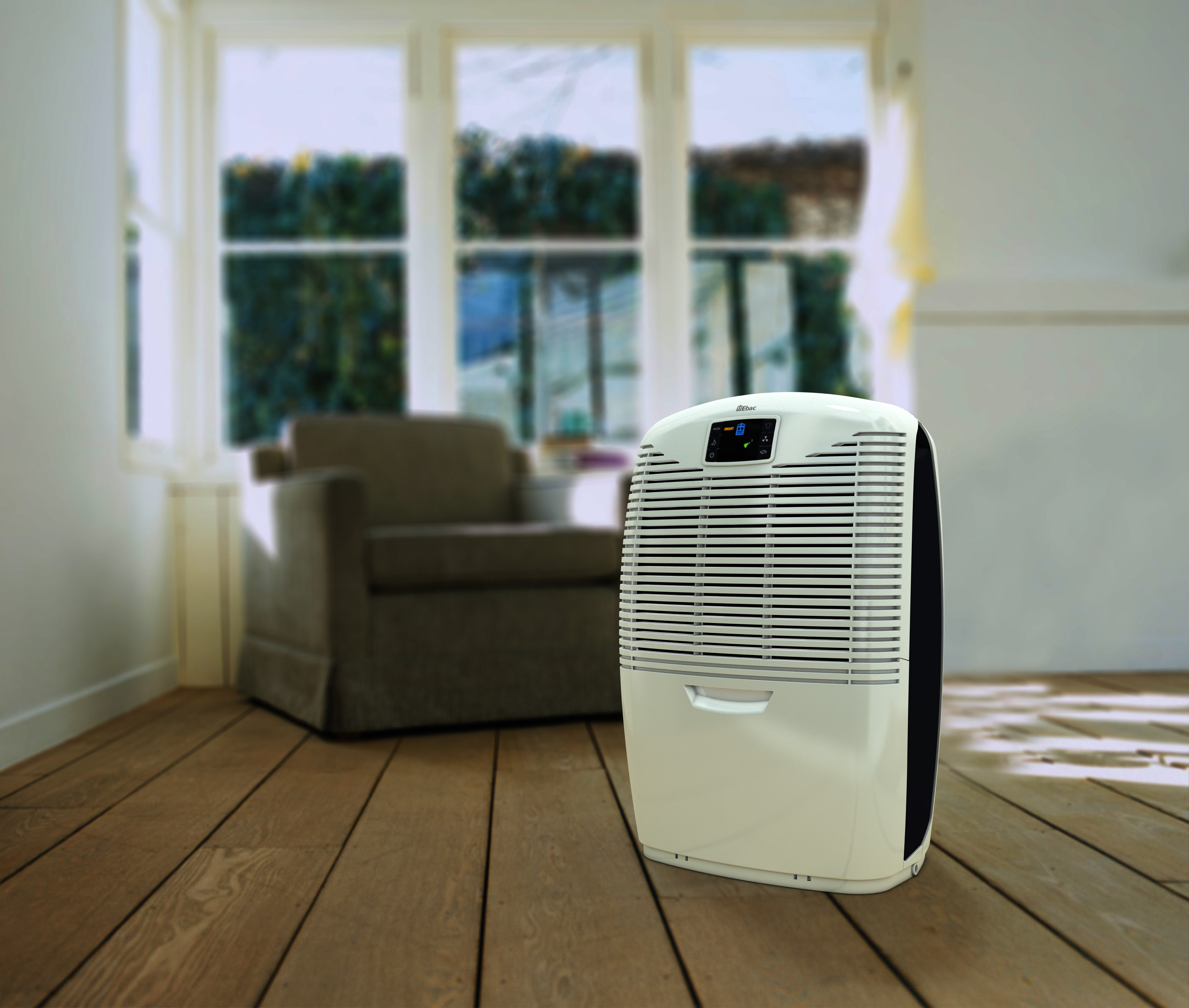Damp, condensation and mould can be a nightmare for homeowners when the rain arrives, leaving walls wet and windows steamy. But what is condensation, what causes it, how does it affect a home and, most importantly, how do you get rid of it?
John Elliott MBE, chairman of Ebac, who invented the first dehumidifier specifically for UK weather conditions gives the lowdown on condensation.

So, John, firstly what is condensation?
Condensation is the process where water vapour in the air condenses from a gas, back into a liquid form. In other words, the water vapour in the air cools when it touches a cold surface, like a window, causing it to turn into its liquid form, casing condensation.
How do I know if my home is suffering from condensation?
You will start to notice significant signs around the home that include:
- Water on windows
- Wet walls
- Black spots of mould on bathroom tiles
But how has that condensation got there?
During colder months when the outside temperature drops, surrounding surface area temperatures, such as windows, walls and tiles, also drop. When warm moist air comes into contact with the colder surfaces the moisture condenses and forms water droplets, known as condensation.
And what has caused that condensation?
The air in all our homes holds moisture to some degree; showering, cooking, drying laundry and even breathing add moisture to the air that must end up somewhere. Add things like bathing, boiling kettles and ironing into the mix and a household of one person will produce around 1.5 litres of water a day! That’s 10.5 litres or 18 pints of water a week, which is trapped inside the home. This can cause condensation on windows, walls or tiles and lead to an unhealthy indoor air quality. The more moisture you produce, the more chance you have of getting condensation.
Can’t I just wipe down the windows or walls?
In the short term there’s lots of products that could see immediate results clearing the condensation. There are even window vacuum cleaners that claim to solve condensation from your windows quickly.
That’s good isn’t it?
Not really. These solutions only get rid of the symptoms of condensation, they don’t solve the problem so it’s likely that recurring signs of condensation will appear, and you will have to keep cleaning those windows again and again.
So, what can I do?
There are some simple things you can do; good ventilation in kitchens and bathrooms, cooking with covered pots and taking colder, shorter showers. Partially heating all the rooms, especially in colder weather will also help.
You can also invest in a dehumidifier, which draws excess moisture from the air to help control, prevent and solve condensation. I reinforce solve, as the other methods just mask the symptoms. This means you can even dry your laundry indoors without worrying. Today’s modern dehumidifiers have ‘smart controls’ meaning they instinctively know when to run and when to switch off!

